
 Instagram
Instagram
Related products
Deep Tissue Massage: Benefits and Risks


Related products
Deep tissue massage, a technique primarily used to treat musculoskeletal issues, involves applying sustained pressure using deep, slow strokes to target the inner layers of muscles and connective tissues. This approach helps to break up scar tissue that forms following an injury and reduce tension in muscle and tissue.
Deep tissue massage has evolved from ancient practices. Originating thousands of years ago, it has roots in cultures including the Egyptians, Greeks, and Chinese. Throughout history, its application has been both therapeutic and for rehabilitation. Modern deep tissue massage techniques were refined in the mid-20th century, influenced significantly by Therese Pfrimmer’s deep muscle therapy.
This article aims to provide an in-depth analysis of the benefits and risks of deep tissue massage. It is designed to inform individuals considering this treatment, emphasising evidence-based findings and expert opinions.
Understanding Deep Tissue Massage
Deep tissue massage, a specialized form of massage therapy, delves into the deeper layers of muscles and connective tissue to alleviate pain and tension. This technique is distinguished by its firm pressure and slow strokes, aimed at addressing chronic muscle issues, such as strain, injury, and imbalances. This section offers a comprehensive overview of deep tissue massage, exploring its unique methods, tools, and how it differs from other massage modalities. We'll also provide a glimpse into what a typical deep tissue massage session entails, setting the stage for a deeper understanding of this powerful therapeutic approach.
Key Movements and Strokes
Deep tissue massage involves techniques such as stripping and friction. Stripping involves deep, gliding pressure along the length of muscle fibres, while friction applies pressure across the grain of muscles to realign tissue fibres and release adhesions.
Tools and Oils Commonly Used
Therapists may use their fingertips, knuckles, hands, elbows, and forearms during a deep tissue massage. Essential oils like lavender or peppermint are sometimes incorporated, though the primary focus is on the application of pressure.
Differences between Deep Tissue Massage and Other Types of Massage
Swedish Massage
Unlike deep tissue massage, Swedish massage is gentler and focuses on superficial muscles. It's designed for relaxation and increased blood flow, rather than treating chronic muscle pain.
Sports Massage
Sports massage can be similar to deep tissue massage but is tailored to athletes. It focuses on the muscles used in a particular sport and often involves stretching.
Aromatherapy Massage
Aromatherapy massage combines soft, gentle pressure with the use of essential oils. Its primary aim is relaxation and mental well-being, rather than deep muscle treatment.
Typical Session Overview
Duration
A standard session typically lasts between 60 to 90 minutes.
Preparation
Patients are generally asked to lie on a massage table, covered with a sheet or towel for modesty and comfort. They may be asked to breathe deeply as the therapist works on tense areas.
What to Expect During the Session
Patients should expect varying levels of pressure, with communication being key to ensure comfort. Post-massage, they may experience soreness for a couple of days.
Benefits of Deep Tissue Massage
Physical Health Benefits
Relief from Chronic Pain
Deep tissue massage has been shown to be more effective in relieving chronic back pain than traditional medical remedies. Dr. Amanda Cramer, a physiotherapist, notes, "Deep tissue massage reduces inflammation by increasing blood flow to the affected areas, which aids in the recovery process."
Improved Blood Pressure and Circulation
Research indicates that deep tissue massage can help lower high blood pressure. A study published in the Journal of Alternative and Complementary Medicine found a reduction in systolic and diastolic pressure.
Reduction of Scar Tissue and Stretch Marks
Regular deep tissue massage can break down scar tissue, improving flexibility and motion. Dr. Jason Chong, a sports medicine specialist, remarks, "The technique's ability to reduce scar tissue makes it invaluable in recovery from injuries and surgeries."
Enhanced Muscle Recovery and Flexibility
Athletes often use deep tissue massage to speed up recovery from muscle strains and enhance flexibility. This is corroborated by a study in the Journal of Sports Medicine and Physical Fitness.
Mental Health Benefits
Stress Reduction
The reduction in cortisol levels and the increase in serotonin and dopamine levels during deep tissue massage contribute to stress reduction, as observed in findings published by the National Center for Biotechnology Information.
Improved Sleep Quality
Deep tissue massage's relaxation effect can lead to improved sleep quality, a key component in overall health and mental well-being.
Enhancement of Mental Clarity and Focus
Reduced muscle tension and stress can lead to enhanced mental clarity and focus, as indicated by patient reports in clinical studies.
Targeted Benefits for Specific Conditions
Treatment for Lower Back Pain
Deep tissue massage is particularly effective for chronic lower back pain, offering a non-pharmacological option for pain management.
Easing Symptoms of Osteoarthritis
A study in the Archives of Physical Medicine and Rehabilitation demonstrated the efficacy of deep tissue massage in reducing pain in patients with osteoarthritis of the knee.
Relief for Fibromyalgia Pain
Patients with fibromyalgia have reported significant pain reduction following deep tissue massage therapy sessions.
Benefits for Athletes and Physically Active Individuals
For athletes, deep tissue massage is not just for injury recovery but also as a preventive measure to maintain muscle health and flexibility.
Risks and Considerations
Potential Side Effects
Soreness and Discomfort
Post-massage soreness, known as delayed onset muscle soreness (DOMS), is a common side effect. This usually subsides within a few days.
Bruising and Inflammation
In some cases, the intense pressure of deep tissue massage can lead to bruising and inflammation. Dr. Lisa Corbin, an integrative medicine specialist, advises, "Patients with sensitive skin or blood disorders should proceed with caution."
Risk of Injury if Improperly Performed
Incorrect technique can lead to muscle and nerve damage. Dr. Mark Warren, a physiotherapist, warns, "Inadequately trained therapists can cause more harm than good, especially for clients with certain health conditions."
Contraindications
Conditions Where Deep Tissue Massage Should be Avoided
Individuals with conditions like osteoporosis, skin infections, and advanced diabetes should avoid deep tissue massage.
Importance of Consulting with a Healthcare Provider
Before undergoing deep tissue massage, it's crucial to consult a healthcare provider, especially for individuals with existing medical conditions.
Guidelines for Safe Practice
Choosing a Qualified Therapist
Selecting a therapist with proper credentials and experience is essential. The Federation of Holistic Therapists (FHT) provides a directory of certified therapists.
Communicating Effectively About Pain and Discomfort
Patients should always inform their therapist about any discomfort during the session. Effective communication ensures a safe and beneficial experience.
Recognizing Signs of Improper Technique
Signs of improper technique include sharp pain, numbness, and increased inflammation. These symptoms necessitate immediate discontinuation of the therapy.
Making the Most of Deep Tissue Massage
Preparing for a Session
Hydration and Diet Considerations
Staying hydrated and avoiding heavy meals before a session can enhance the massage's effectiveness.
Discussing Health History with the Therapist
Providing the therapist with a comprehensive health history can prevent complications and personalise the treatment.
Setting Realistic Expectations
Understanding that deep tissue massage is a process that may require multiple sessions can set realistic expectations for outcomes.
Aftercare Tips
Hydration and Rest
Post-massage, it's vital to drink water and allow the body time to recover.
Stretching and Light Exercise
Gentle stretching and light exercise can prolong the benefits of the massage.
When to Seek Medical Advice
If adverse effects persist, consulting a healthcare provider is advisable.
Conclusion
Deep tissue massage offers numerous benefits, including relief from chronic pain, improved circulation, and mental health improvements. However, awareness of potential risks and contraindications is crucial.
Integrating deep tissue massage into a broader health and wellness strategy can maximise its benefits.
Informed decisions, guided by professional advice and personal health considerations, are essential for safely incorporating deep tissue massage into health routines.


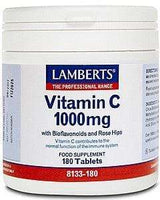
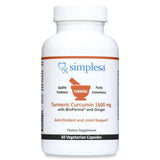
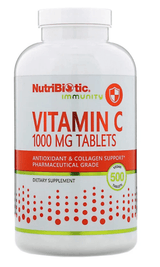
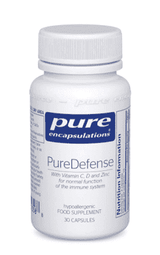
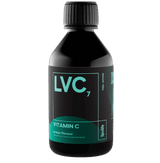
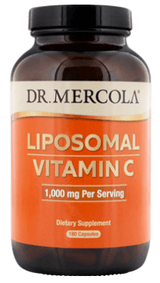
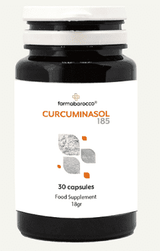
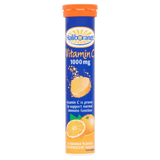



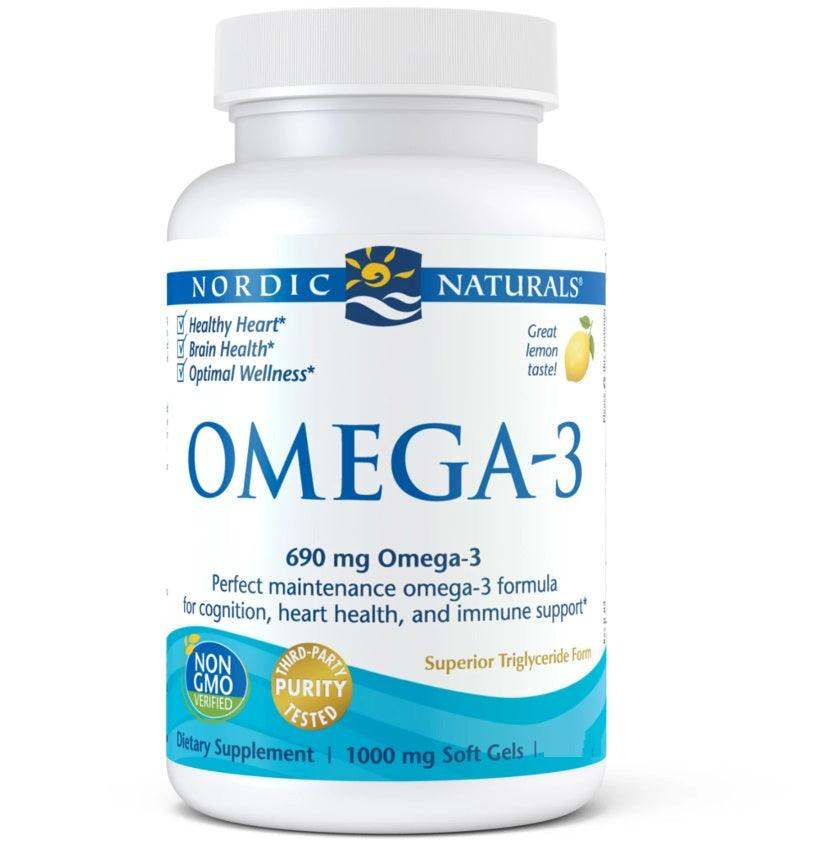



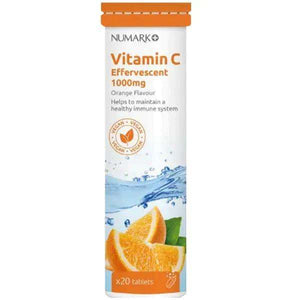
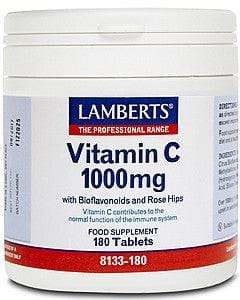
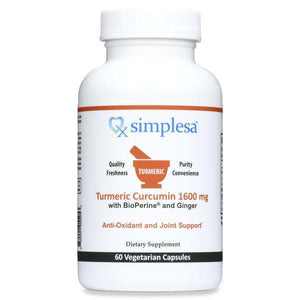
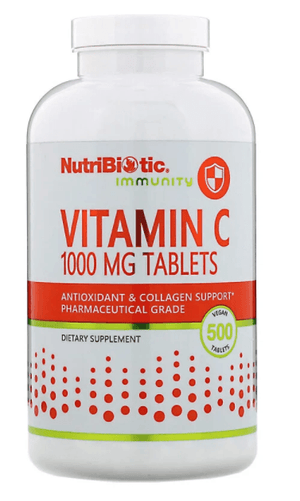
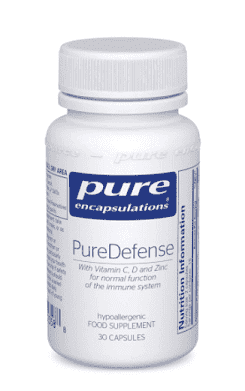
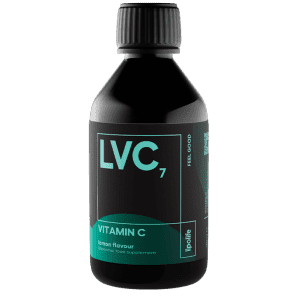
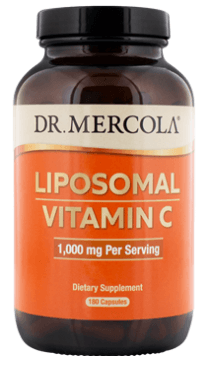
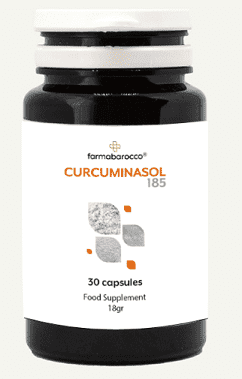







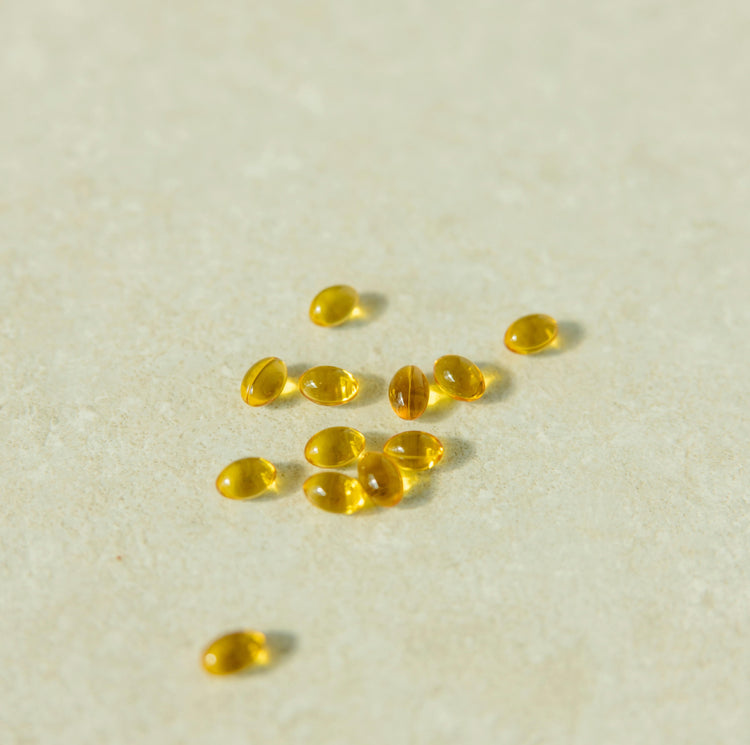


 Rated Excellent by 14,617+ Reviews
Rated Excellent by 14,617+ Reviews